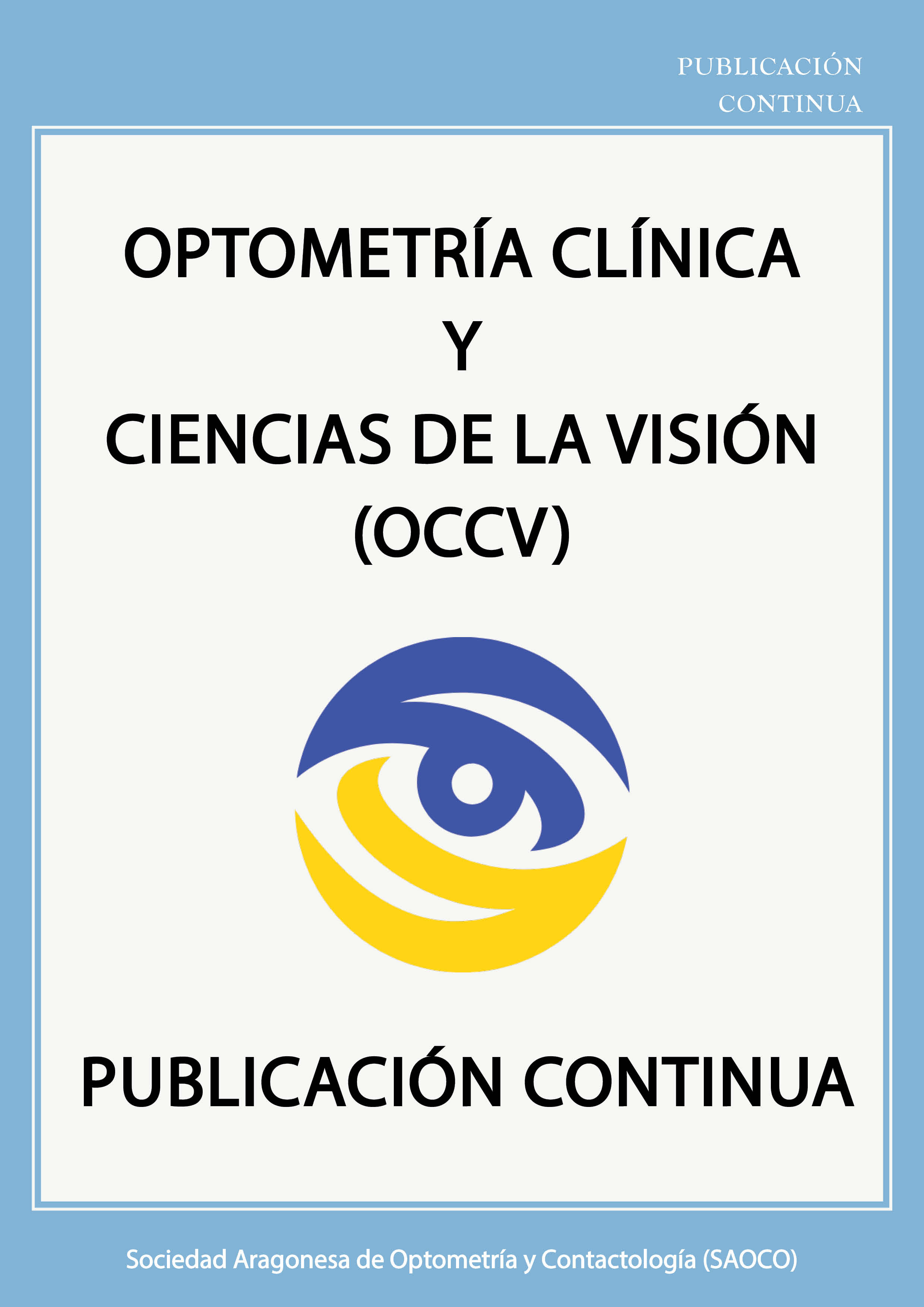Advanced Clinical Optimization of the Haigis-L Formula in Refractive Surgery
DOI:
https://doi.org/10.71413/hwg2aa22Keywords:
IOL, Haigis-L formula, Optimization, LASIK, CalculationAbstract
Relevance:
Cataract surgery is practically inevitable in the general population. Accurate intraocular lens (IOL) power calculation is crucial to achieving optimal postoperative outcomes. The increasing incidence of cataract surgery following previous refractive procedures, due to lens sclerosis, compromises visual acuity and quality of life. Improving prediction formulas is essential to restore visual function effectively in these patients.
Purpose:
To evaluate the accuracy and predictability of intraocular lens (IOL) power calculation formulas in cataract patients previously treated with refractive surgery (both myopic and hyperopic LASIK), and to analyze the correlation between the amount of corrected refractive error and the precision of IOL power prediction.
Methods:
A retrospective, non-randomized study was conducted on patients from Sectors I and II of Zaragoza who had undergone cataract surgery after previous refractive surgery. Data collected included pre- and post-refractive surgery keratometry, axial length, implanted IOL power, and IOL constants (a0, a1, a2). IOL power was recalculated using the Haigis-L formula with an estimated keratometry value derived from linear regression models according to ranges of refractive error. Inclusion and exclusion criteria were applied to define the study cohort.
Results:
Seventy-one cases were analyzed and classified into hyperopia (n=13 cases), low myopia (n=17), moderate myopia (n=14), high myopia (n=16), and extreme myopia (n=11).
Using the Haigis-L formula, the mean prediction errors were −1.52 ± 1.15 D for myopic eyes and 0.09 ± 0.72 D for hyperopic eyes.
Regression models tailored to refractive error ranges improved prediction accuracy, yielding errors of −0.21 ± 2.0 D for myopic eyes and 0.6 ± 1.44 D for hyperopic eyes.
A specific regression model including myopias greater than 7.5 D achieved a mean error of −0.27 ± 1.31 D for myopic eyes.
Conclusions:
The Haigis-L formula demonstrated superior accuracy for hyperopic patients. A low myopia regression model performed best up to −2.5 D, whereas a broader myopia regression model, including higher myopic corrections, was preferable for the remaining cases. Further optimization of the latter model is recommended to minimize myopic prediction errors.
References
Savini G, Barboni P, Zanini M. Correlation between attempted correction and keratometric refractive index of the cornea after myopic excimer laser surgery. J Refract Surg. 2007;23(5):461-466.
Haigis W, Lege B, Miller N, Schneider B. Comparison of immersion ultrasound biometry and partial coherence interferometry for intraocular lens calculation according to Haigis. Graefes Arch Clin Exp Ophthalmol. 2000;238(9):765-773. doi:10.1007/s004170000169.
Haigis W. Intraocular lens calculation after refractive surgery for myopia: Haigis-L formula. J Cataract Refract Surg. 2008;34(10):1658-1663. doi:10.1016/j.jcrs.2008.06.029.
Haigis W. Challenges and approaches in modern biometry and IOL calculation. Saudi J Ophthalmol. 2012;26(1):7–12.
Additional Files
Published
Issue
Section
Categories
License
Copyright (c) 2025 Jorge Andrés-Navarro, Sara Marquina-Martín, Claudia Sanz Pozo, Araceli Navarro Aguilar, Laura Trivez Valiente (Autor/a)

This work is licensed under a Creative Commons Attribution-NonCommercial 4.0 International License.



